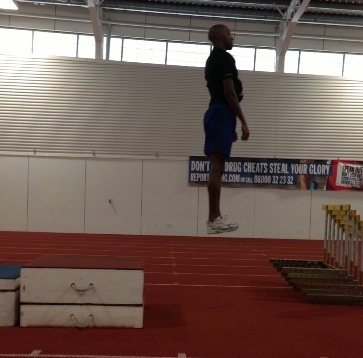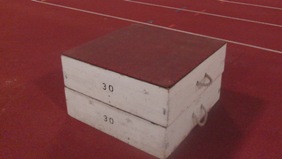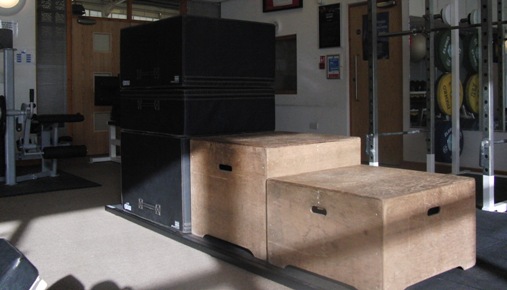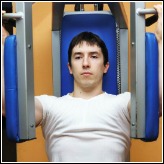Plyometric Platforms

Your interest in plyometric platforms has brought you to this site. If you were to choose not to go on and use plyometric boxes as part of your training regime, you will be glad to hear that the plyometric training effect can be accomplished without specialized pieces of equipment.
But it is also true to say that without the use of a specialized piece of equipment such as this, you cannot truly tap into the power production capabilities that is locked away in your body.
Why do you need
plyometric platforms?
Think of plyometric training as a continuum. To the right of center there are activities which are marginally plyometric in nature such as small skips along the ground. To the left of center we have activities such as depth jumps, which are heavily plyometric in nature.
The activities to the right of center are what I refer to as reactive exercises which challenge the coordination and neural systems. These activities probably make up the majority of plyometric exercises that are utilized by athletes. The activities to the right of center are more explosive and ballistic. They challenge the muscular-tendon unit as much as they challenge the neural system.
Only plyometric platforms and equipment such as these can provide the stimulus which challenge the athlete wanting to accomplish training right of center of the plyometric continuum. An explanation of why this is so is given here…
Types of plyometric platforms
In your search you will find different types of platforms in the market. All of them are designed to aid you in your quest for greater power and speed, but not all of them will be suitable for your specific needs. You will find plyometric platforms of different shapes, sizes and material and depending on you size, weight and sport one will suit you more than another.
Metal Plyometric Boxers
Some plyometric platforms are made from a metal frame with wooden tops or metal tops that are covered with a rubber mat to make them non-slip. Theses platforms are light enough and strong enough to do simple jumping on and off drills and will cater for the needs of most sports.

Wooden Plyometric Boxes
My personal favourite are boxes that are made from wood. I suspect the reason for this is because I work with jumpers who use these platforms to perform very specific technical skills. Wooden boxes have a little springiness to them, which makes them excellent for training on and accomplish reactive technical tasks.
Wooden plyometric boxes can be bought off the shelf but you can just as easily have them made to your specification of height, width and length. You can also have them strengthen in areas where you know the impact will be greatest or for sports where heavy player will use the often.

Other Plyometric Boxes
Some boxes are made of composite materials which allow them to be soft yet firm. They like the others boxes will be available in different heights. These soft plyometric boxes are not so good for sport specific movements – they are a little too unstable for me.
They are usually only used in the weights gym to “jump up onto” which is really not a plyometric exercise but more of a concentric power movement, they are however referred to as platforms, so they are included here.
Here are a few things you should keep in mind:
- Boxes can be stackable, but the higher boxes tend to have a smaller surface area to land on and I wouldn’t recommend single leg skills on these.
- Look for rectangular shaped platforms with solid tops.
- Purchase platforms with as large a surface area as possible, these are much safer to use than other boxes.
- Invest in plyometric boxes that are easily transportable as you are going have to get them in and out of storage and place them in different configurations.
- Cost will differ from one manufacturer to another but I find that you usually get what you pay for. So, while you should try to get good value for money, don’t skim too much on the cost.
Sign Up For The Latest Track And Field News And Improve Your Athletic Performance!
From "Plyometric Platforms" Back To "Faster, Stronger, Better – Your Shortcut To Improved Athletic Performance"
Learn more about plyometric training







